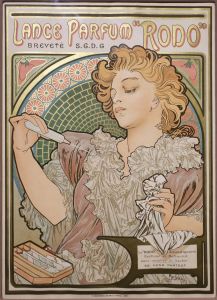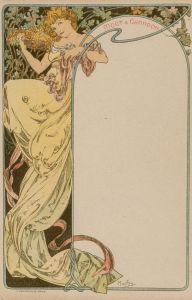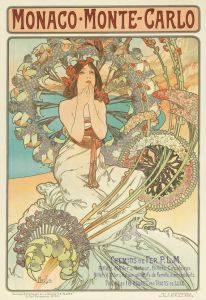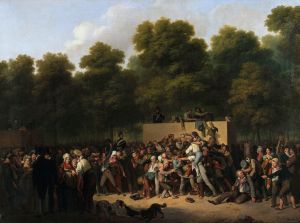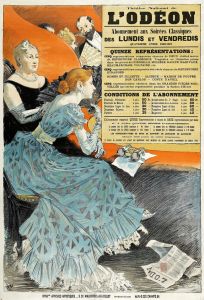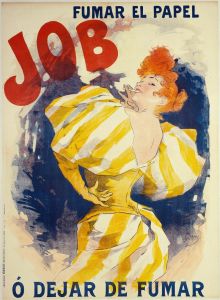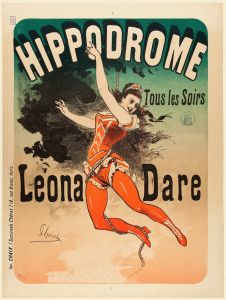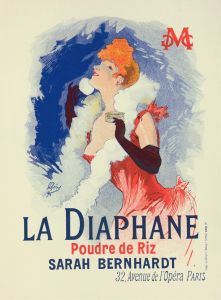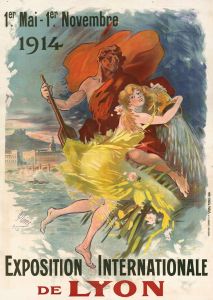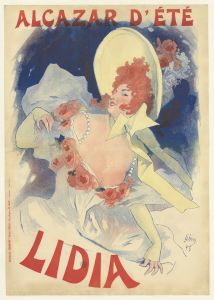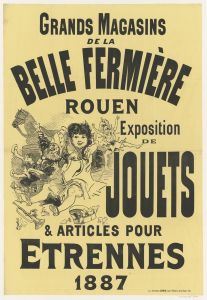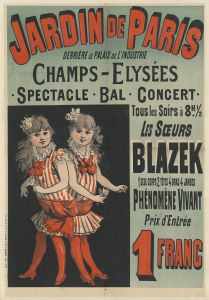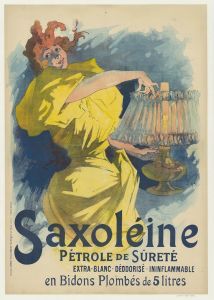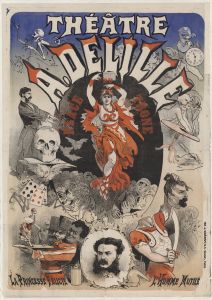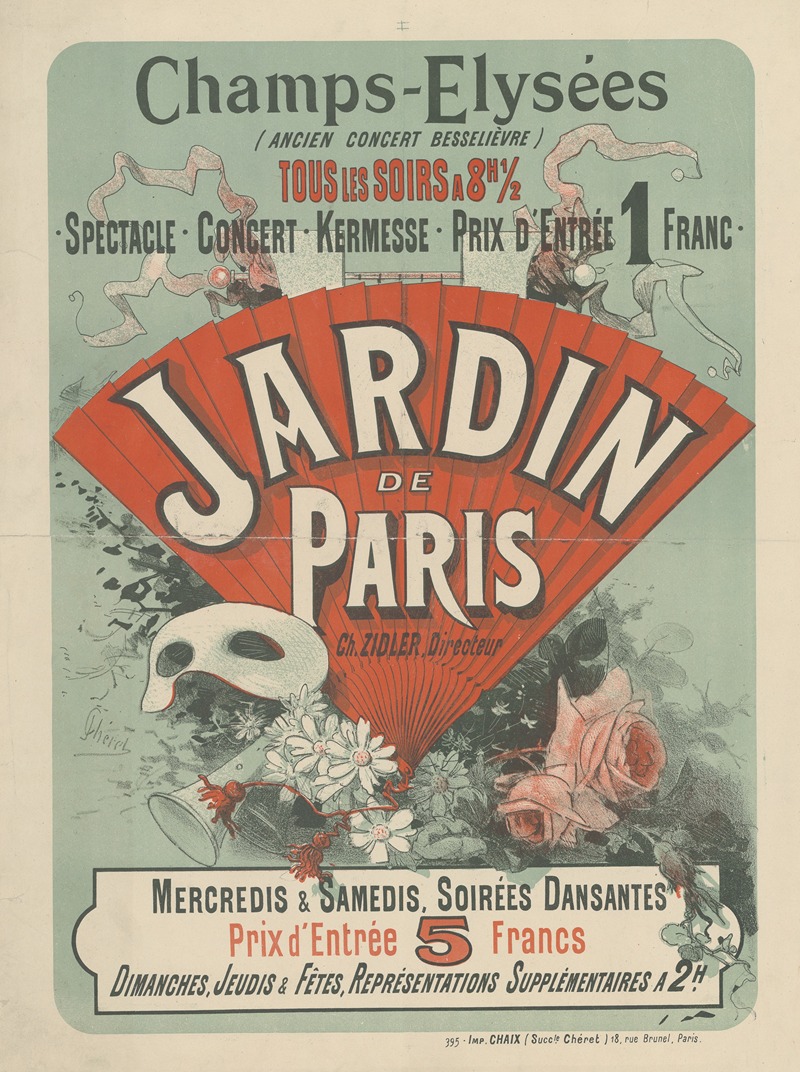
Champs-Elysées , Jardin de Paris, Ch. Zidler
A hand-painted replica of Jules Chéret’s masterpiece Champs-Elysées , Jardin de Paris, Ch. Zidler, meticulously crafted by professional artists to capture the true essence of the original. Each piece is created with museum-quality canvas and rare mineral pigments, carefully painted by experienced artists with delicate brushstrokes and rich, layered colors to perfectly recreate the texture of the original artwork. Unlike machine-printed reproductions, this hand-painted version brings the painting to life, infused with the artist’s emotions and skill in every stroke. Whether for personal collection or home decoration, it instantly elevates the artistic atmosphere of any space.
Jules Chéret's Champs-Elysées, Jardin de Paris, Ch. Zidler is a notable example of the vibrant poster art that flourished in late 19th-century France. Created in 1890, this lithographic poster was designed to promote performances at the Jardin de Paris, a popular open-air entertainment venue located on the Champs-Élysées in Paris. The venue was known for its lively atmosphere, music, and performances, and it became a symbol of the Belle Époque's cultural and social vibrancy.
Jules Chéret (1836–1932), often referred to as the "father of the modern poster," was a pioneering French artist and lithographer. He revolutionized the art of advertising by transforming posters into colorful and artistic works that captured the attention of the public. Chéret's posters were characterized by their dynamic compositions, bold use of color, and elegant depictions of figures, often women, who exuded a sense of joy and sophistication. His work played a significant role in elevating the status of commercial art and influencing the development of graphic design.
The poster prominently features the name "Ch. Zidler," referring to Charles Zidler, a well-known impresario and co-founder of the Moulin Rouge. Zidler was associated with organizing and promoting entertainment events in Paris, and his name on the poster suggests his involvement in the performances at the Jardin de Paris. The inclusion of his name would have added prestige and recognition to the event being advertised.
In Champs-Elysées, Jardin de Paris, Ch. Zidler, Chéret employs his signature style to create a visually striking composition. The poster depicts a lively scene with a central female figure, likely a performer, surrounded by dynamic movement and vibrant colors. The use of flowing lines and a sense of motion captures the energy and excitement of the performances held at the Jardin de Paris. The cheerful and carefree atmosphere conveyed in the poster reflects the spirit of the Belle Époque, a period marked by cultural flourishing and a celebration of leisure and entertainment.
This work is an excellent example of how Chéret's posters not only served as advertisements but also became collectible pieces of art in their own right. Today, his posters, including Champs-Elysées, Jardin de Paris, Ch. Zidler, are celebrated for their artistic and historical significance, offering a glimpse into the cultural life of late 19th-century Paris.





